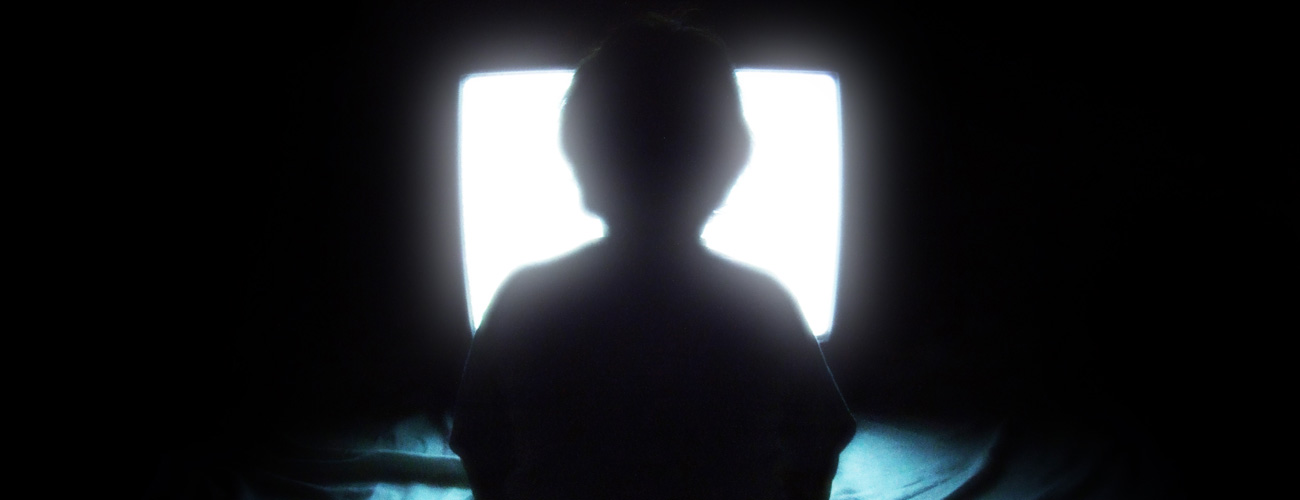Sign up for The Media Today, CJR’s daily newsletter.
This summer saw the on-camera slayings of two TV journalists in Virginia*, Alison Parker and Adam Ward, and the photo of a young Syrian boy, Alan Kurdi, washed up dead on a Turkish beach. This imagery added to an already bloated cache of relatively recent atrocities, from recorded beheadings at the hands of ISIS to police shootings caught on tape in the US. With so much violence spinning through our newsfeeds, it’s easy to feel as though media coverage of catastrophic events is only increasing. Suddenly, the world seems more gruesome. Yet experts say this isn’t the case (citing, for example, the spread of unsettling images from World War II and the Civil Rights movement). In fact, many signs suggest the world is actually a more peaceful place. What has changed is technology.
Viewers have more opportunities–some of them unavoidable–to stumble onto graphic content. This shift demands serious attention from news organizations. That’s compounded by the potential for psychological harm to journalists, whose jobs require them to work, sometimes extensively, with traumatic material. The answers aren’t simple, but the problems are clear. A panel of experts explored this issue in a discussion titled “Death and the Social Web,” hosted this week by Columbia University’s Tow Center for Digital Journalism and Dart Center for Journalism and Trauma. Here are some of the big takeaways.
Bruce Shapiro, executive director of the Dart Center, says the nonstop nature of social media feeds has taken control away from viewers. Video autoplay, which sparked discussion and outrage after the slayings in West Virginia, notably has the potential to force upsetting content in front of audiences–including victims’ loved ones.
People who work with these images (read: journalists) are more vulnerable to the psychological effects of this type of media than the general public. The trouble, however, is that harm is difficult to measure, and research has found that damage doesn’t sprout from the extremity of an individual image or by the amount of time someone spends looking at it. Rather, it comes from repeated exposure. “We’re still trying to figure out what to do about it, but frequency of viewing seems to be the vector for distress,” Shapiro says. Binge-watching footage of the 9/11 attacks and the Boston Marathon bombing has affected both audiences and journalists, he adds.
While moment-of-death imagery tends to dominate news stories and social media conversations, journalists need to look more closely at the aftermath of these events. That’s where we jump from shock, Shapiro says, and into the realm of understanding.
Barbie Zelizer of the Annenberg School for Communication says that when news organizations depict victims immediately before their deaths, audience engagement is strengthened. Such a strategy cuts across global and geographical borders, making people feel like they can do something about an unfolding tragedy.
But news outlets need to develop concrete standards in dealing with graphic images. The same goes for social media users. What about a particular image makes it ripe for sharing? And what, exactly, makes it newsworthy? Reporters and editors need to contemplate why they are willing to hold back a photo while they refuse to do the same for the story itself, she says.
News organizations and the social Web need to verify what is actually happening in each violent image they present. That’s a longstanding tenet of journalism that Zelizer argues has fallen out of favor. “If we were to insist on it,” she says, “we might be thinking differently about how those pictures actually figure into our information space.”
Louise Roug, Mashable’s global news editor, is on the frontlines of this phenomenon. The digital news site doesn’t have a blanket policy on how it handles each disturbing piece of content. Editors carefully consider every decision they make with respect to such images, weighing news value, an image’s role in a given story, and even the intent of the attacker.
The recorded beheading of journalist James Foley by ISIS last year, for instance, offered a crucial moment of clarity for Roug and her colleagues. “It became clear that we were sort of a tool for a quite sophisticated propaganda machine, and we didn’t want to be helping them,” she says. Mashable made a point of not sharing the grisly images on social media, as is the norm in that newsroom. The website also guards sensitive photos and videos with warnings to viewers.
Sam Gregory is the program director of Witness, a group that helps activists across the globe use video “safely, ethically, and effectively to expose human rights abuse and fight for human rights change.” A graphic image takes on different meanings, depending on the part of the world in which it’s consumed, he says. Arab nations have grown more accustomed to violent scenes, he adds, while the US is more likely to show dead minorities than it is caucasian victims. The human-rights community in Burma posts violent images to represent a larger struggle, as Syrian activists share them to provide evidence of the impact of an attack.
People who are not professional journalists upload much of this content, Gregory says. It’s unmediated and free to stream across the internet. A major problem arises when these images jump outside their original context. Not only does that practice open the door to resharing false information, but it transports graphic material that had a specific purpose: to energize, enrage, or educate a particular community. “We see it in front of us, and we’re like, ‘Wow, that is horrendous,’ and often we’re missing the context around it,” he says. “I think that’s part of why we’re feeling confronted now.”
Editor’s note: This article originally stated the shooting happened in West Virginia, instead of Virginia. CJR regrets the error.
Has America ever needed a media defender more than now? Help us by joining CJR today.



